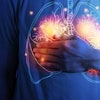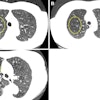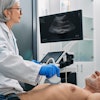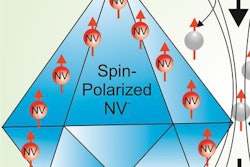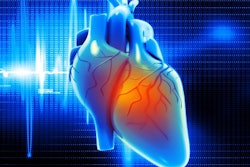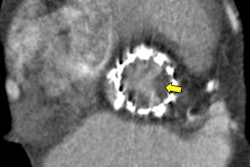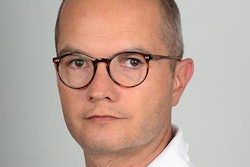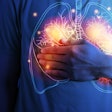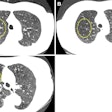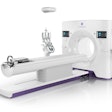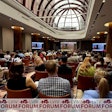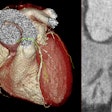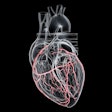Dear Cardiac Imaging Insider,
Hyperpolarization has immense potential to increase the signal-to-noise ratio in MRI. It allows imaging and visualization of key metabolic substrates in the heart and other organs via hyperpolarization of nuclear spins of substrates that are natural to the body and nontoxic, but the process is long, cumbersome, and expensive.
A new European project, MetaboliQs, aims to overcome the practical problems by combining diamond-based quantum sensing and medical imaging to foster the molecular understanding and personalized care of cardiovascular diseases. Get the full details here.
In our second cardiac article posted this week, Dutch researchers have found an automated heart valve-tracking algorithm halved the amount of time and variability involved in blood-flow quantification with 4D MRI. This may help convince clinicians that cardiac 4D MRI is useful for assessing valvular heart disease. Click here to learn more.
Edinburgh is establishing a growing reputation for its work in cardiac imaging. In a podcast, two of its leading researchers, Drs. Marc Dweck and Alastair Moss, describe their current projects and share their thoughts on the field. Find out more here.
Artificial intelligence (AI) is starting to permeate into the working life of every radiologist and cardiologist. The updated training scheme for this year's 254 French radiology residents will take account of AI, as well as radiation dose and structured reporting. For our report, click here.
In other news, a German-led international survey of radiation dose has demonstrated a large reduction of radiation exposure in coronary CT angiography (CCTA) over the last decade. The study has shown that doctors have reduced radiation exposure while maintaining image quality, potentially setting the stage for CCTA use in future screening programs. To read more, click here.
This letter features only some of the articles published in the Cardiac Imaging Community. Please scroll through the full list of our coverage below.
